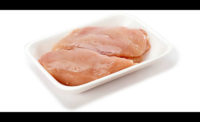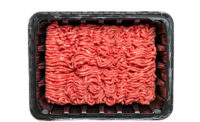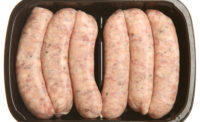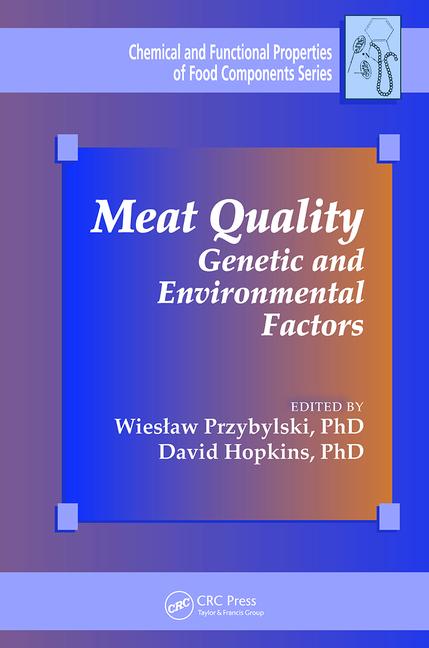Packaging Tech
Comparing pre-made versus thermoformed trays
A tale of two types

In today’s marketplace any discussion about trays quickly boils down to pre-made versus thermoformed. It’s as though there is a right and a wrong answer. There isn’t. Solid arguments can be made for both because each has its place.
“Generally, it’s the product and how you process it that points to the appropriate format, tray or thermoform,” says an equipment executive. From the evidence it appears, for the most part, the appropriate format remains pre-made trays.
A senior packaging executive put it this way, responding to whether thermoform trays are making any inroads into pre-made trays’ dominance in the U.S. market: “The answer is no. I wish the answer was yes, but it’s no. The only place you tend to see them in place of a pre-made tray is in a [vacuum skin packaging] VSP bottom web.”
In an age in which cost awareness and oversight are more pronounced than ever, tray-sealing technology is a comfortable fit. It’s simpler, less capital intensive and fits the needs of so many.
That same equipment executive points out, “With thermoforming you have to have some volume to justify the expense of the tooling, the equipment and the operation that comes with it. With tray sealing there are so many machine options where a small processor can buy lower cost automated packaging systems and start producing from a small volume.”
But don’t despair for thermoforming. According to our equipment contact, a couple of large-volume processors have gone directly from pre-made trays for fresh ground product to thermoforming to realize the benefits of reduced packaging and handling.
“If you think about the film that goes on the machine, a pallet of it would be almost the equivalent of a warehouse of pre-made trays. It takes people to handle the trays and bring them into the plant. A single roll of film can run for hours and make thousands of packages.”
And that’s the dilemma. Thermoforming can be a leap of faith because of the huge installed base of tray sealers. A thermoform tray may cost about half as much as its pre-made cousin, and processors may improve margins if they can sell out the line and consumers accept a different package format. Wary shoppers, paying the same for ground beef in different stores but seeing unfamiliar packaging, may be confused as to whether it’s the same product or the same quality product. We all know that’s nonsense, but it’s perception and it matters.
A more significant growth drag on thermoformed trays may come from an uncommon and rapidly emerging source: e-commerce.
“It’s a massive opportunity and a massive market at the moment. It’s driving a lot of interest,” the packaging executive says. “You’re going to have home delivery. That means kitting — assembling meal components into a finished package. You’re not going to have a thermoform roll stock machine to put all that product in. It will go in pre-made trays and either run a gas flush or skin film on top of it.”
And so it goes. In the end, tray choice really does come down to capacity or the process. It’s good the market has options. NP
Looking for a reprint of this article?
From high-res PDFs to custom plaques, order your copy today!









